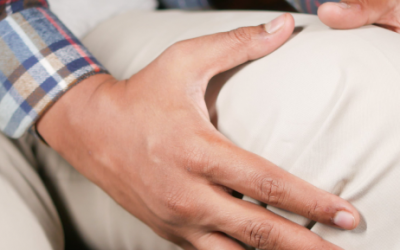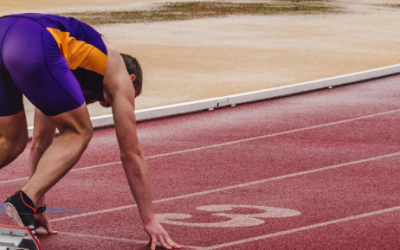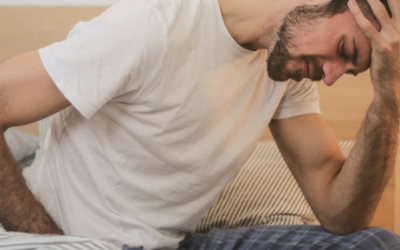Scoliosis is a term used to describe any abnormal, sideways curvature of the spine. Scoliosis can affect people at different points in their lives. It can happen:
- Before birth (congenital)
- In young children (early onset),
- In older children and teenagers (adolescent idiopathic)
- As adults (degenerative)
Non-structural scoliosis (functional or postural scoliosis)
In this type, the back (spine) is structurally normal but looks curved because of another condition such as differing leg length or muscle spasm in the back muscles. The curve is usually mild and it changes or goes away when the person bends sideways or forwards.
Structural scoliosis
In most cases, the cause is unknown (idiopathic). Sometimes the scoliosis is because of a neuromuscular condition, such as muscular dystrophy or cerebral palsy. Scoliosis can also develop as part of a syndrome, such as Marfan syndrome. The spine can curve to the left or the right and it can happen in different parts of the spine; in the chest area (thoracic) and/or in the lower area of the spine (lumbar). A large thoracic curve can affect how well the lungs work. Sometimes there are two curves and the spine may look like an S shape from behind. This is called a ‘double curvature’. When the curve is S-shaped a person’s spine can appear quite straight because the two curves cancel each other out.
Overview:
- The spine curves to the side as a single curve to the left (shaped like the letter C), called levoscoliosis
- The spine curves to the side as a single curve to the right (shaped like a backwards letter C), called dextroscoliosis
- The spine has two curves (shaped like the letter S)
Idiopathic Scoliosis
Idiopathic scoliosis is present in 2 to 4 percent of children between 10 and 16 years of age. It is defined as a lateral curvature of the spine greater than 10 degrees accompanied by vertebral rotation and is by far the most common cause of scoliosis in children (Degenerative scoliosis is the most common form of scoliosis in adults). Idiopathic scoliosis rarely causes pain, and in most cases, the curve is minor enough to be considered an asymmetry and does not require any treatment. However, once scoliosis is detected it should be closely monitored by a medical professional in the event that the curve progresses and needs treatment.
Because the skeletons of children and young adults grow quickly, there is a reasonable chance that if a curve is detected, the degree of the spinal curve may worsen as the spine continues to grow. In those cases, scoliosis treatment may become advisable. Rarely (in 0.2 to 0.5% of all cases), untreated scoliosis can progress to where it restricts space in the ribcage needed for optimal heart and lung function. It is important to note that idiopathic scoliosis is not caused by activity such as exercise, sports, or carrying heavy object; nor does it come from sleeping position, posture, or minor differences in leg length.

Signs and symptoms of scoliosis may include:
- Uneven shoulders
- One shoulder blade that appears more prominent than the other
- Uneven waist
- One hip higher than the other
Diagnosis of Scoliosis
Scoliosis can usually be diagnosed after a physical examination of the spine, ribs, hips and shoulders. Once scoliosis is suspected additional investigations in the form of images should be carried out.

Plain X-rays can confirm the diagnosis of scoliosis and reveal the severity of the spinal curvature. The orthopaedic specialist will take an X-ray to confirm the diagnosis of scoliosis. The X-ray images will also help determine the shape, direction, location and angle of the curve. The medical name for the angle the spine curves is known as the Cobb angle. In some cases, scans such as a magnetic resonance imaging (MRI) scan or a computerized tomography (CT) scan may also be recommended.
Treatment
Most children with scoliosis have mild curves and probably won’t need treatment with a brace or surgery. Children who have mild scoliosis may need checkups every four to six months to see if there have been changes in the curvature of their spines. Treatment for scoliosis depends on your age, how severe it is, and whether it’s thought it will worsen with time.
The main treatments for older children are:
- A back brace worn until they stop growing, to prevent the spine from curving further
- Surgery to correct the curvature – where the spine is straightened using rods attached to the spine by screws, hooks and/or wires
In adults, treatment primarily aims to relieve any pain. Non-surgical options, such as painkillers and exercises are often tried first, with correctional surgery seen as a last resort.
If you suspect that you or your child have scoliosis you should visit your healthcare professional for further assessment.
See also:
Sources:
http://www.sauk.org.uk/scoliosis-information/scoliosis-information
http://www.nhs.uk/conditions/scoliosis/Pages/Introduction.aspx
http://www.mayoclinic.org/diseases-conditions/scoliosis/home/ovc-20193685
http://www.spine-health.com/conditions/scoliosis/scoliosis-what-you-need-know



